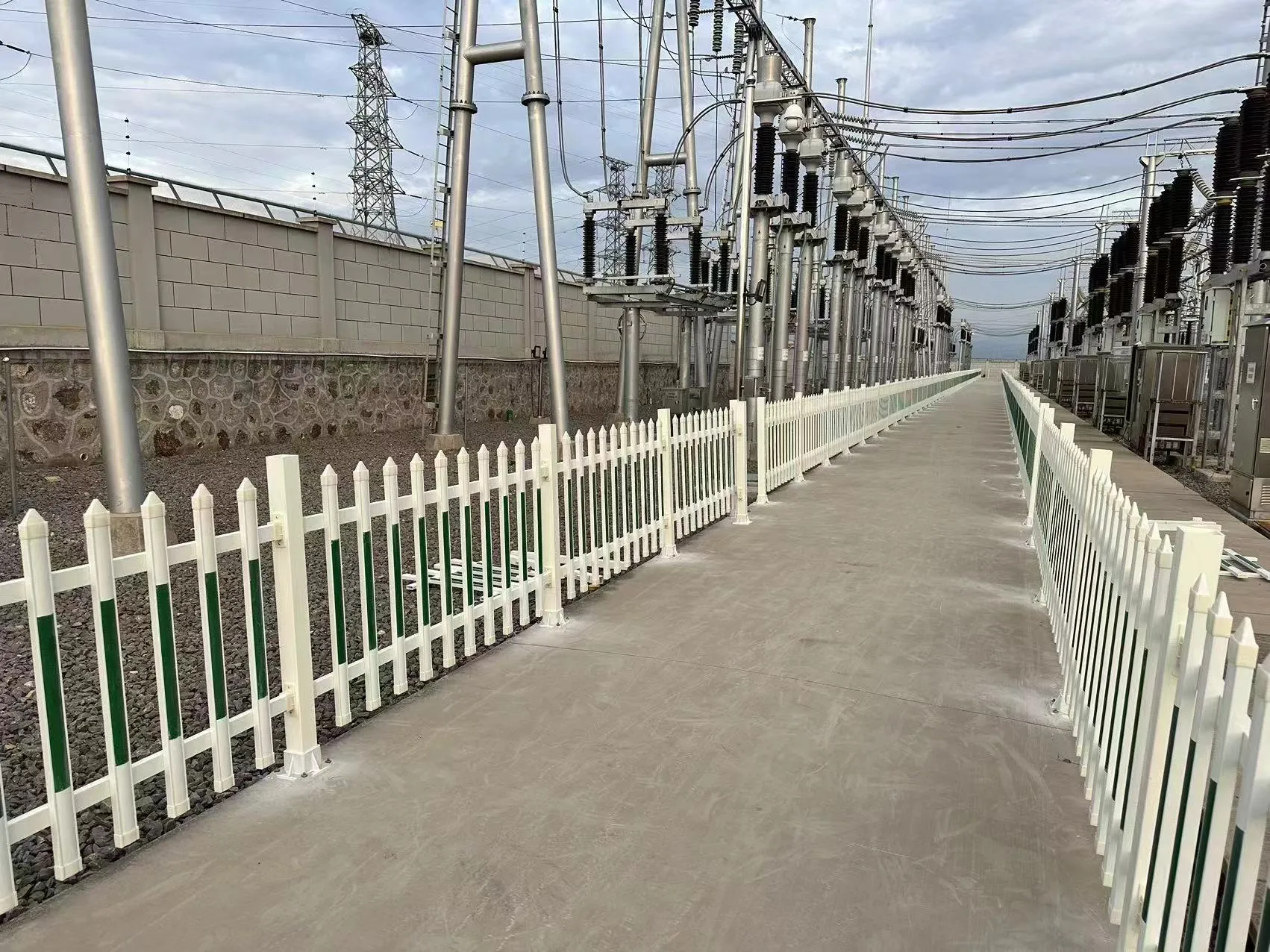loading...
- No. 9, Xingyuan South Street, Dongwaihuan Road, Zaoqiang County, Hengshui, Hebei, China
- admin@zjcomposites.com
- +86 15097380338
- Welcome to visit our website!
High-Performance Aluminum Bar Grating Solutions for Industrial and Commercial Applications in Various Environments
Understanding Aluminum Bar Grating Features, Applications, and Advantages
Aluminum bar grating is a vital component widely used in various industries due to its exceptional strength, lightweight properties, and corrosion resistance. This type of grating is constructed from flat bars created from high-quality aluminum, which are engineered to create a durable, slip-resistant surface ideal for a multitude of applications. In this article, we will explore the features, benefits, and typical uses of aluminum bar grating.
Features of Aluminum Bar Grating
Aluminum bar grating is characterized by its distinct design, typically featuring a series of parallel bars that are spaced evenly apart. The bars can have various thicknesses and widths depending on the load requirements and aesthetic preferences. The primary feature of aluminum bar grating is its high strength-to-weight ratio, making it an excellent choice for applications where weight is a concern, such as in airborne structures or mobile equipment.
Furthermore, aluminum naturally resists oxidation and corrosion, which ensures that aluminum bar grating maintains its structural integrity even in harsh environments. This property significantly enhances its lifespan and reduces maintenance costs, making it a cost-effective solution in the long run.
Another noteworthy feature is the ability to customize the spacing and arrangement of the bars, allowing designers and engineers to tailor the grating for specific needs. This adaptability makes aluminum bar grating a popular choice across multiple sectors, from construction to transportation.
Applications of Aluminum Bar Grating
Aluminum bar grating finds extensive use in various industries due to its versatility
. Some of the most common applications include1. Walkways and Platforms One of the primary uses of aluminum bar grating is in the construction of walkways, catwalks, and platforms. The slip-resistant surface ensures safety for personnel working in industrial settings.
2. Drainage Covers Aluminum grating is also used as drainage covers in commercial and residential areas. Its ability to withstand heavy loads while allowing for water drainage makes it ideal for this purpose.
aluminum bar grating

3. Stair Treads In stair construction, aluminum bar grating is used for treads and risers to provide safety and stability.
4. Industrial Flooring Many factories and warehouses utilize aluminum bar grating for flooring systems, where high durability and resistance to chemicals and spills are necessary.
5. Transportation In the transportation industry, aluminum grating is commonly employed in railway platforms, bus stops, and even on vehicle surfaces where lightweight and durable materials are required.
Advantages of Aluminum Bar Grating
The advantages of using aluminum bar grating are numerous. First and foremost is its lightweight nature, allowing for easy installation and handling. This property can reduce labor costs and facilitate quicker project completion.
Additionally, its corrosion-resistant qualities make it ideal for outdoor and marine environments, where exposure to the elements can lead to rapid deterioration of other materials. Moreover, the sleek, finished appearance of aluminum grating adds aesthetic value to any structure, making it a preferred choice for architects and designers.
Lastly, aluminum bar grating is environmentally friendly; it is 100% recyclable, making it a sustainable option for projects that prioritize eco-friendliness.
Conclusion
Aluminum bar grating is an indispensable material that combines strength, durability, and aesthetic appeal. Its wide-ranging applications across numerous industries underscore its importance in modern construction and engineering. As industries continue to seek innovative and effective solutions, aluminum bar grating stands out as a reliable choice that meets various demands while promoting safety and efficiency. Whether utilized in industrial settings or architectural projects, aluminum bar grating proves to be a smart investment for any endeavor.
-
Premium FRP Handrail for All ApplicationsNewsAug.29,2025
-
Low Maintenance FRP Mini Mesh Grating ProductsNewsAug.29,2025
-
Innovative FRP Square Tubes for Modern Industrial SolutionsNewsAug.29,2025
-
FRP Water Storage Tanks Wholesale Solutions for Bulk BuyersNewsAug.29,2025
-
FRP Molded Grating Solutions for Diverse Industrial ApplicationsNewsAug.29,2025
-
Construction Advancements Through FRP Pultruded ProfilesNewsAug.29,2025
-
Why Choose FRP Railings, Guardrails, and Handrail Systems?NewsAug.29,2025
